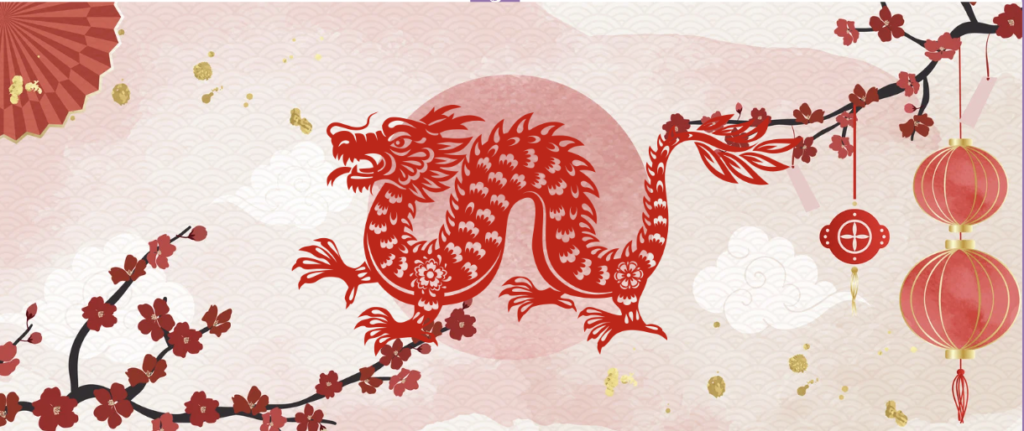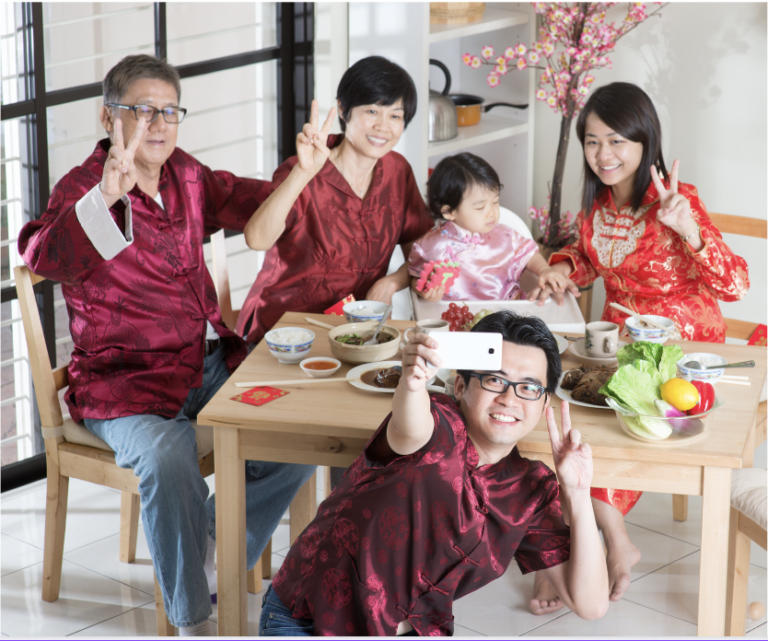In a country where diversity is celebrated, understanding cultural nuances has become an essential factor for successful communication—or in this case, advertisement for North America
The Chinese Community
Remember that the Chinese community isn’t homogenous. A one-size-fits-all approach won’t work, you should segment your audience based on factors like age, generation, and cultural background. Tailoring your content to each segment will ensure it effectively reaches your target audience–making your message feel relevant and relatable.


Newcomer Chinese immigrants in North America are also known as ‘transplanted consumers’ and they will maintain the same consumer values as prior to being acculturated. They bring with them their customs, traditions, and values from their home country–China. They are likely to be more rooted in traditional Chinese practices and have a stronger attachment to their cultural heritage than say, longer-residing residents. Thus they will find comfort in familiarity. They may also face obstacles such as language barriers, meaning there is a high chance of miscommunication making accurate translations fundamental. Localization helps in that regard, adapting the content to the appropriate cultural norms and references.
Long-term residents who have been in North America for an extended period are likely to have adapted to the Western culture while retaining parts of their Chinese identity. They might appreciate content that bridges these two cultures. They may celebrate holidays like Thanksgiving and Christmas while also participating in Chinese festivals like Lunar New Year. Many make an effort to maintain their sense of cultural attachment through various means such as frequenting Chinese grocery stores or dining at authentic Chinese restaurants. Also, note that they may prioritize passing down their cultural heritage to their children.
The second-generation Chinese, children of the first generation, will often grow up with a blend of Chinese and Western influences. They will embody a balance between their parents’ cultural values and the values of the broader Western society. Their cultural identity is complex, but they might respond well to content that acknowledges and respects this duality. You should also be aware that their relationship with the Chinese language varies; some are proficient, while others may primarily use it in specific contexts such as communication with family or during cultural events.
Nevertheless, before you start composing your message, immerse yourself in the world of Chinese culture. Understand festivals, traditions, customs, and even idiomatic expressions. The more you know, the better you can adapt your content to resonate with your audience. Don’t hesitate to seek guidance from cultural experts or individuals within the Chinese community who can provide insights into the nuances you might not be aware of. Their expertise can guide you in the right direction.
Visual Elements Aligned with Cultural Aesthetics

Utilization of visual elements in alignment with the cultural aesthetics and preferences of your Chinese audience is a great way to appeal to them.
This is especially applicable in the Chinese culture as they attach significant meaning to colours. Red symbolizes luck and happiness, making it a popular choice for celebratory occasions like Chinese New Year. Incorporating such colours can evoke positive emotions. On the contrary, the colour white and black are associated with mourning, death and poverty you would do best to avoid using these colours in joyful and celebratory contexts. Modern fashion and design trends have led to some relaxation of these color associations, especially for younger generations. Still, when choosing colors for celebratory or positive events, it’s advisable to avoid using too much black. You should also make use of visual symbols and imagery. Examples such as dragons, phoenixes and certain flowers hold cultural significance and incorporating them into your campaigns will show your deep understanding of Chinese culture.
Addressing Cultural Taboos and Symbols
Cultural taboos are crucial to take into consideration when making intercultural communications. The Chinese in particular are very superstitious, so specific symbols in certain contexts will come off as offensive or inappropriate.

The Number Four (四): The number four is associated with death due to its phonetic similarity to the word for “death” in Chinese. As a result, the number is associated with bad luck. Avoid using the number four in prominent ways, especially in pricing , addresses or license plates.
Cultural Sensitivity in Imagery: Some historical figures or symbols can evoke negative emotions due to historical events. Sensitivity to this history is crucial in visual content.
Gift Giving: Gift giving is common in Chinese culture, but choose gifts thoughtfully to avoid misunderstandings. Some items that should be avoided due to their symbolic meaning:
- Clocks: Clocks are associated with the concept of time running out and can be seen as a symbol of death. Gifting a clock can be considered inauspicious and offensive.
- Umbrellas: The Chinese word for umbrella (伞 sǎn) sounds like the word for “break up” (散 sàn). Gifting an umbrella could inadvertently send a negative message.
- Sharp Objects: Items like knives and scissors are believed to sever relationships and can symbolize discord. These should be avoided as gifts.
- Footwear: In the Chinese language, the word for shoes, “鞋” (xié), sounds similar to the word for “evil” or “bad luck,” which is “邪” (xié). Also, shoes are associated with the lowest part of the body and can be seen as disrespectful. Giving shoes represents a departure and is believed to cause the receiver to walk away from you.



Festival Taboos: The majority of Chinese festivals are about the gathering of family and the pursuit of a prosperous and beautiful life. Thus, words of blessings are often muttered while making a conscious effort to avoid inauspicious words like those associated with death and poverty: “end”, “nothing”, “lose”, and “over”.
- Lunar New Year: People exercise caution to avoid breaking utensils like glasses, bowls, and plates, as they associate it with potential misfortune during the New Year. Women refrain from sewing with knives and scissors to avoid harming any divinity. On the first day of the Lunar New Year, using knives, shovels, or ironware for cooking is avoided. Sweeping and cutting one’s hair is refrained from to prevent the throwing away of treasure or fortune.
- Mid-Autumn Festival: People will avoid bringing pears to see relatives or friends and refrain from having these fruits during dinner due to cultural symbolism. While pears are associated with warding off evil their pronunciation resembles the word for separation in Chinese. Instead, people will bring peaches as they are symbols of longevity and immortality.
- Qing Ming Festival: This event is an exception to the blessing rule as it is a time for Chinese individuals to honour and show respect to their deceased family members. People will clean tombs before 3 pm and avoid exchanging blessings.
Taboo Gestures:
- Pointing with a Single Finger: Pointing with a single finger can be considered rude and confrontational. Instead, use an open hand or a gesture that is more respectful.
- Beckoning with an Upward Palm: Gesturing for someone to come towards you using an upward palm is considered disrespectful and can be seen as summoning a dog.

The Importance of Cultural Sensitivity
The path to success in engaging with the Chinese audience in North America is paved through cultural awareness, authenticity, and an unwavering commitment to bridging gaps with respect and understanding. Cultural sensitivity lays the foundation for good relations. When you demonstrate a profound understanding of Chinese culture, you establish a connection that goes beyond mere business transactions. This trust can foster long-term relationships, which are pivotal in the world of business. By making an effort to understand Chinese culture and applying what you know to your content, you can create connections that resonate deeply.
If you’re marketing to a Chinese audience or planning an event that involves Chinese cultural elements, it’s a good idea to consult with individuals who are familiar with the cultural nuances to ensure that your choices are respectful and appropriate.

